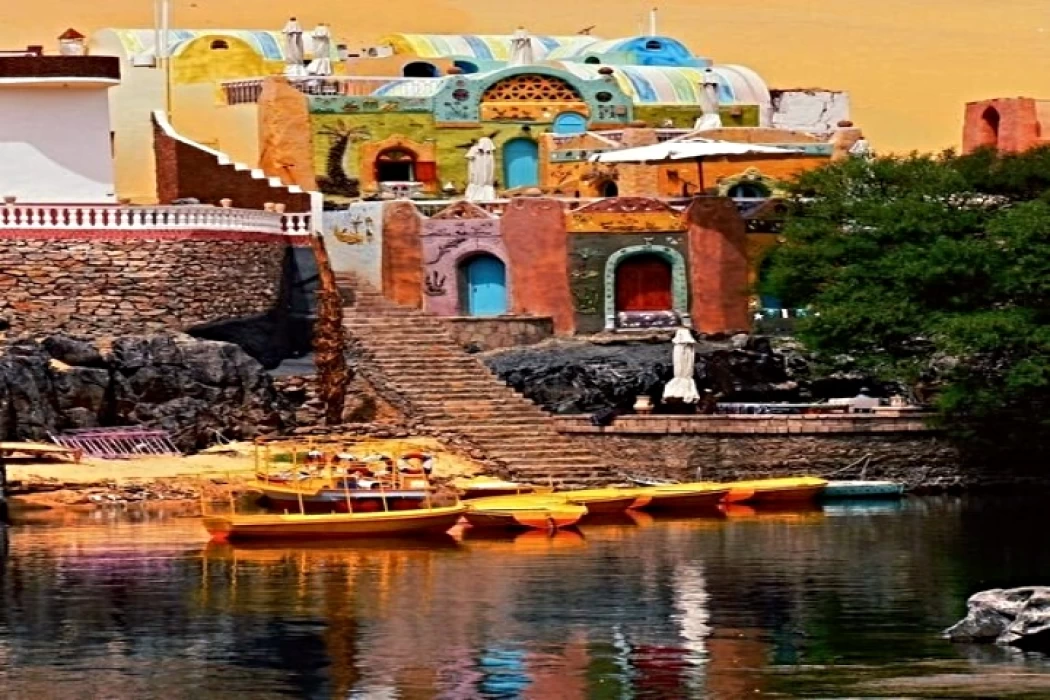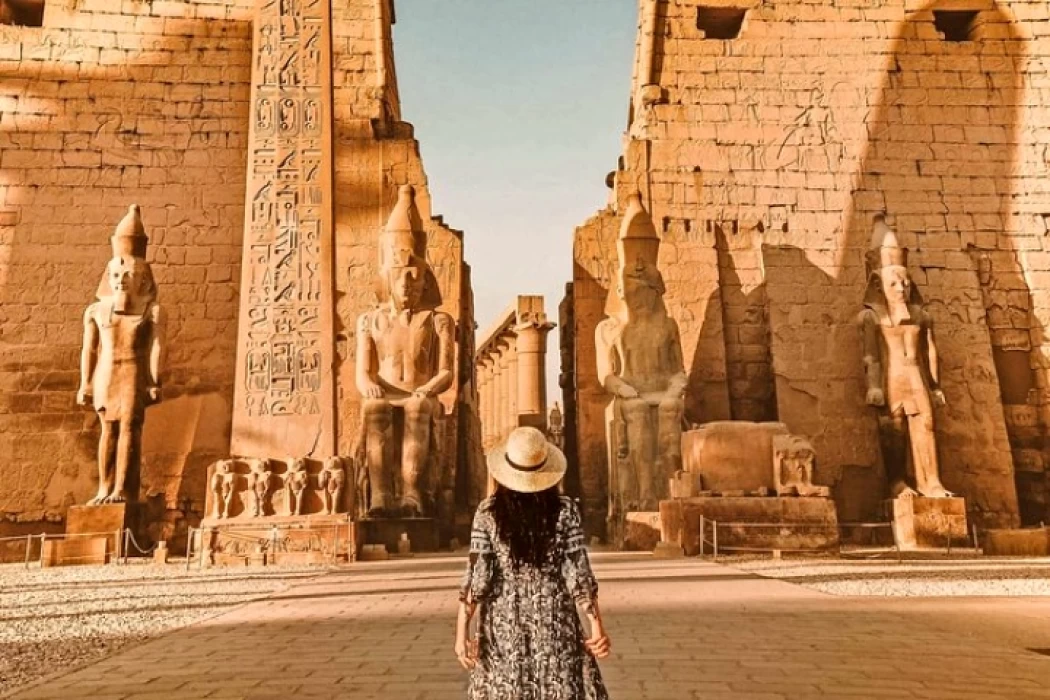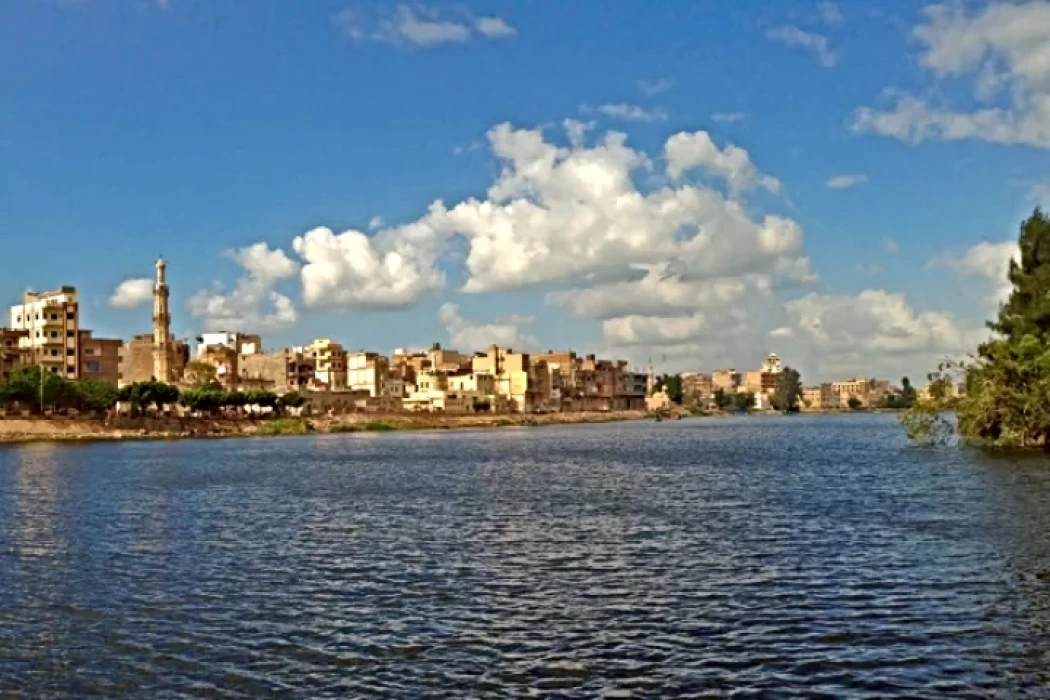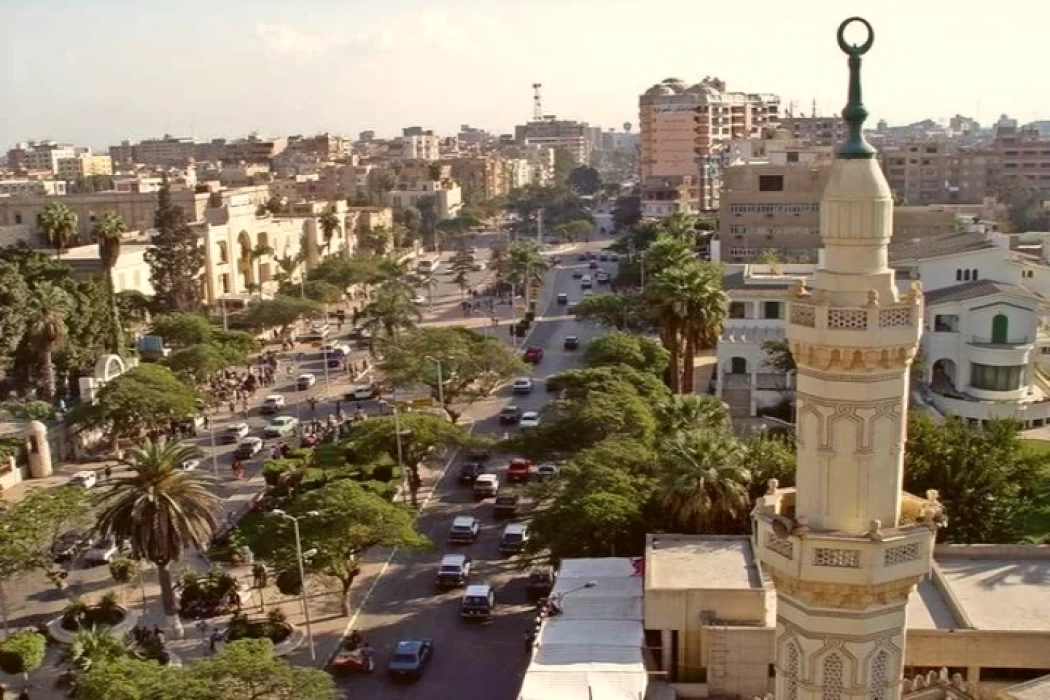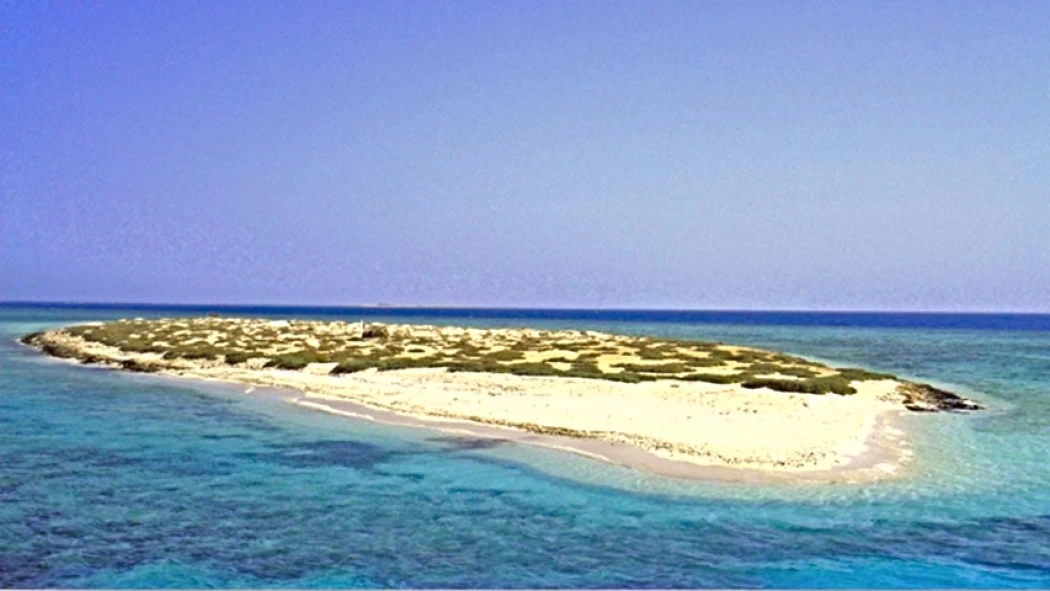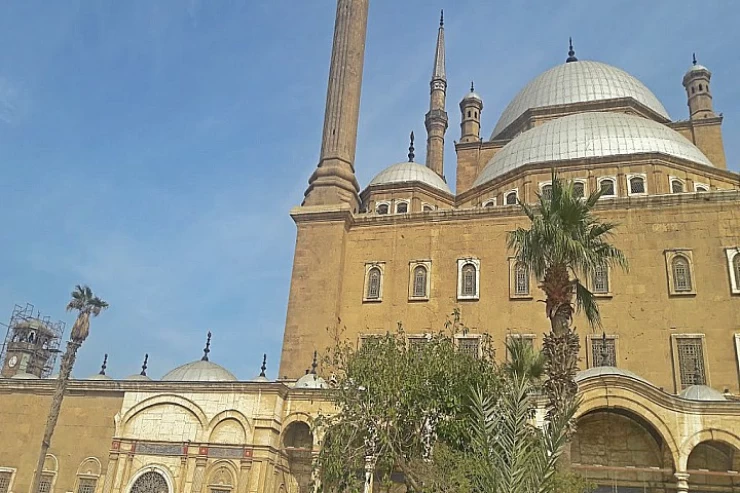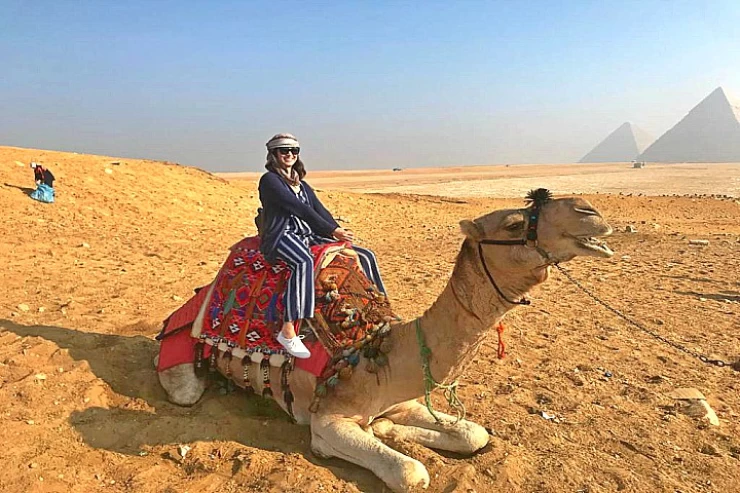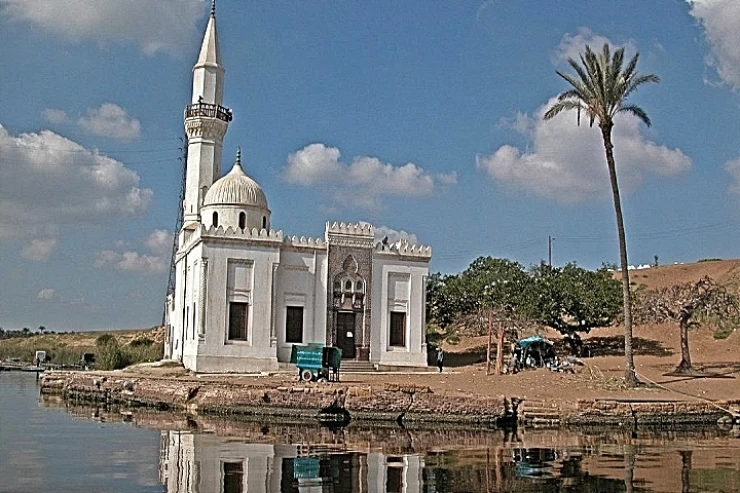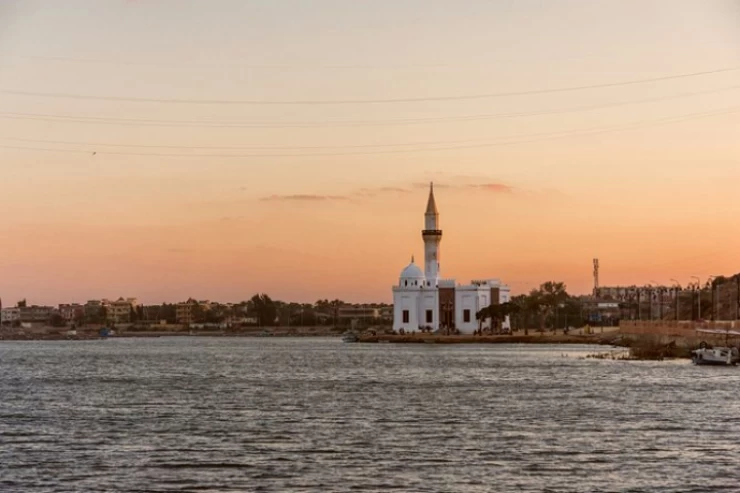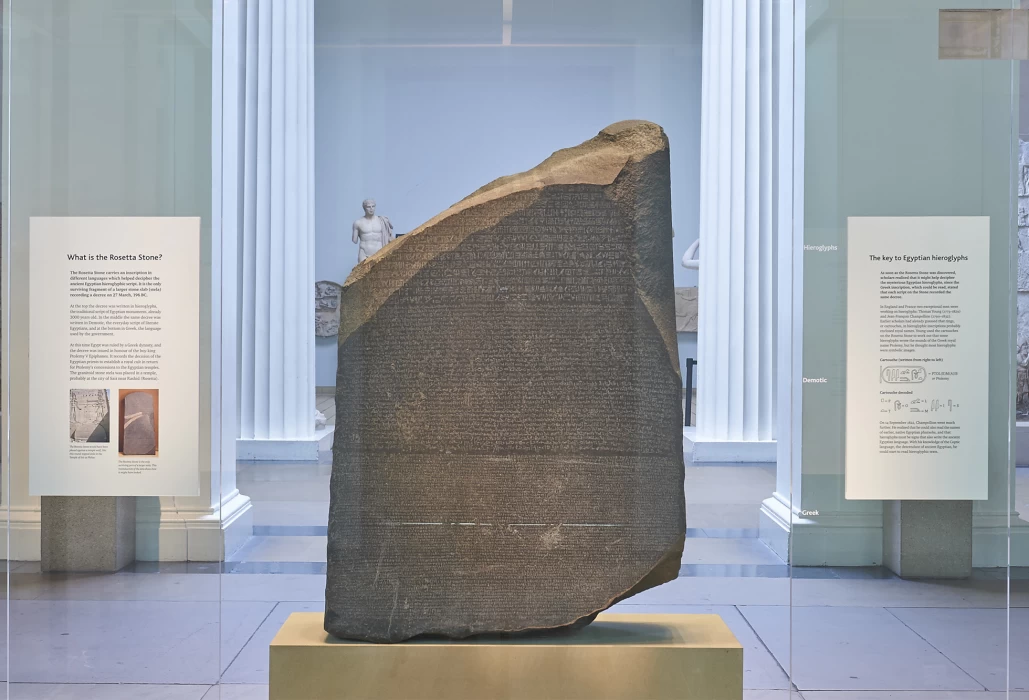
The Rosetta Stone and the ancient Egyptian language
The Rosetta Stone and the ancient Egyptian language
Discovered in Egypt beneath the rubble of the Citadel of Qaïtbay, and brought back to Great Britain, the Rosetta Stone is world-renowned as the key to Jean-François Champollion's deciphering of hieroglyphics. This stone will forever remain an important icon marking the great Egyptian civilization, as well as a witness to the genius of the Ancient Egyptians through the ages.
July 15, 1799, the Egyptian expedition is in full swing. In search of glory, Bonaparte led his troops to the land of the Pyramids. His aim was above all to control the Mediterranean and the route to India, in order to oppose Great Britain, then at war with France. But this military project was coupled with a veritable scientific adventure: behind the soldiers were more than 167 artists and scientists, who made a complete study of the country. Fauna, flora, arts, customs: everything was observed, measured and studied.
In the village of Rachid, or “Rosette”, in the Nile delta, officer Pierre-François-Xavier Bouchard was commissioned to repair fortifications. In the foundations, he uncovered a black stone covered with inscriptions. The object had probably been moved to this location during the Middle Ages. The officer had just made a decisive discovery for history and linguistics.
Of course, this stone was no ordinary stone. It held the secret to deciphering a language that had remained enigmatic for countless ages. Because of this stone, mankind has discovered and deciphered the mysteries of the ancient Egyptian language, and from here the science of Egyptology has been reborn.
The Rosetta Stone - 1 metre high, 75 cm wide, 28 cm thick and weighing almost 760 kg - is a fragment of a black granodiorite stele. But what immediately struck the discoverers as exceptional were its inscriptions.
It's the engravings on this fragment that really catch the eye. It features three distinct inscriptions separated into three parallel bands: the first is composed of hieroglyphs, the second of a text in demotic - a simplified script of ancient Egyptian - and the third of ancient Greek.
This is the first time such a stone has been found. And although none of the three texts is complete, it is in a remarkable state of preservation. The stele was sent to Cairo to have its “fifty-four lines of very fine, very well carved characters” translated, as the letter recounts.
Latest Articles
Admin
Aswan Governerate in Egypt
One of Egypt's southern governorates is Aswan Governorate. The city of Aswan serves as its capital. At a latitude of 22 north of the equator (also known as the Tropic of Cancer), it is bounded to the north by the Qena Governorate, to the east by the Red Sea Governorate, to the west by the New Valley Governorate, and to the south by the Republic of Sudan.
Admin
Luxor Governorate Egypt
The capital of the Arab Republic of Egypt is Luxor City, which was once known as "Thebes City" because it served as Egypt's capital during the Pharaonic era. It is situated in the South Upper Egypt region, approximately 670 kilometers from the capital Cairo from the south. It is bordered on the north by Qena Governorate, on the south by Aswan Governorate, on the east by Red Sea Governorate, and on the west by New Valley Governorate.
Admin
History of kafr El Sheikh Governorate
Kafr El Sheikh Governorate is an Egyptian governorate, located in the northernmost part of Egypt in the Nile Delta, with Kafr El Sheikh as its capital. It had a population of 3,172,753 in 2015 and an area of 3,748 km². Its entire area is located north of the delta and overlooks the Mediterranean Sea. The main economic activity of the residents of the governorate is agriculture and fishing, especially the southern lands of the governorate and the lands overlooking the Nile River - Rosetta Branch.
Admin
Egypt's New Administrative Capital
The New Administrative Capital is located between the Cairo-Suez and Cairo-Ain Sokhna roads, 60 km from Cairo and the same distance from Ain Sokhna and Suez. The New Administrative Capital is located on the border of Badr City, in the area between the Cairo-Suez and Cairo-Ain Sokhna roads, just after New Cairo, Mostakbal City and Madinaty.
Admin
Al Gharbia Governorate
Gharbia Governorate is one of the governorates full of archaeological sites, whether they are places or facilities (mosques, churches), as the governorate is a destination for visitors to these places throughout the year, whether they are Egyptians from the different governorates.
Admin
Hamata Islands (Qulaan Archipelago) in Marsa Alam
The Hamata area, south of Marsa Alam in the Red Sea, is one of the most important parts of the Wadi El Gemal Reserve, whether in the desert or the sea. It was named after the sorrel plant, which was distorted to Hamata.
